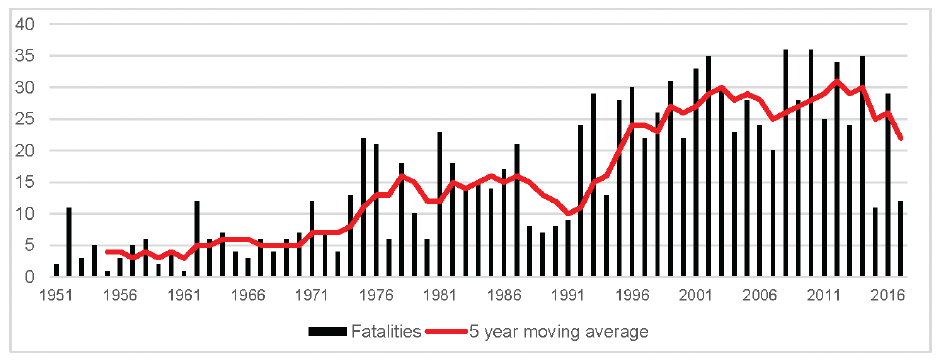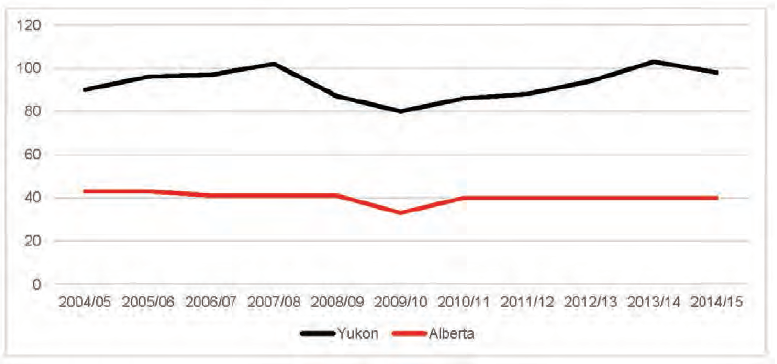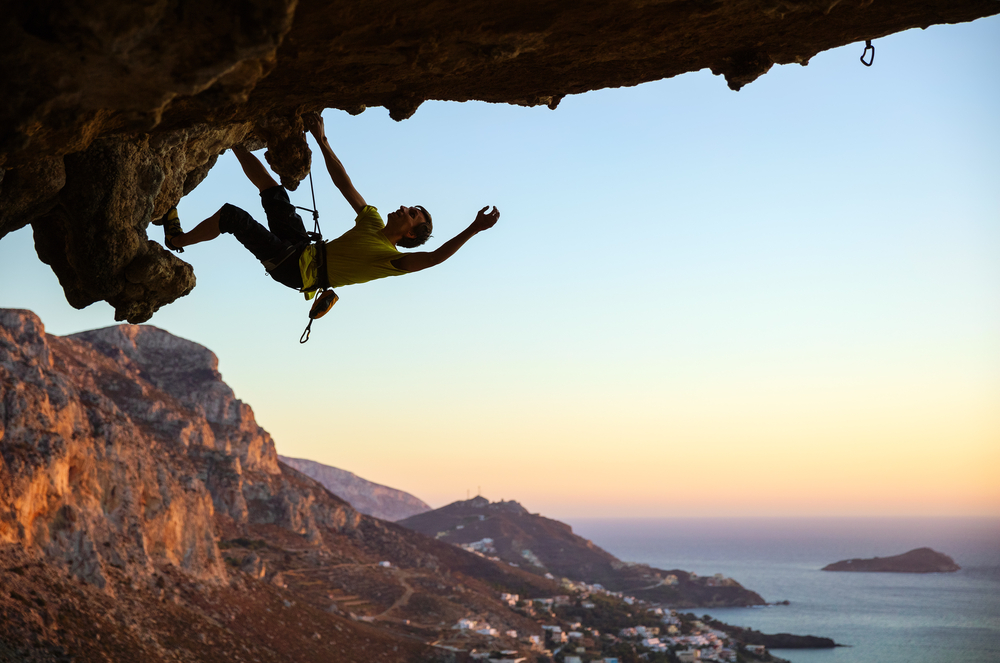An extreme sport is one which is defined as very dangerous and exciting as well as physically hazardous.
It is any sport or recreational activity that is potentially unsafe and where there is an increased risk of serious injury or death. Activities include BASE and wingsuit jumping, free climbing, freediving and heli-skiing. Individuals who engage in extreme sports are risk-takers and seek to push themselves to the limit, but often the only outcome of having gone too far is death.
For insurance purposes, high-risk sports are those which increase the risk of injury or death as an inherent part of participation. Sports that involve high speed, great heights or depths, extreme physical exertion and highly specialized equipment require careful underwriting.
While there are studies available detailing injury and fatality rates for most sports, it is not always so easy to identify participation rates, particularly where the sport is unregulated or participants are not required to be registered with any governing body or association. Risk assessment can be complicated if an insurance applicant takes part in multiple extreme sports.
Extreme sports are hugely popular with millions of Americans, and the following table gives an indication of participation rates in 2011.1

Water Sports
Outdoor recreation has increased dramatically in the US over the past 20 years. Whitewater rafting is popular among thrill seekers, with up to 1 million Americans engaging in the sport each year. According to the American Whitewater accident database, 799 people have died in whitewater accidents over the last 15 years, primarily during private activity.2 Other personal watercraft such as jet skis can pose significant risks to an inexperienced operator, who may be inclined to drive using excessive speed. In the US, jet ski use accounts for the second highest number of injuries in water sports. During 2016, there were 46 fatalities from jet ski use. Over the last decade, jet ski deaths have accounted for 5% to 10% of all boating deaths in the US.3
The sport of cave diving has been in existence since the mid-20th century, when Jacques Cousteau, a French naval officer and explorer, pioneered this form of diving. Approximately 10 cave divers from a population of only a few thousand people who participate in the sport die each year. This compares to a fatality rate of 1 in 15,000 scuba divers annually. An analysis of American cave diving fatalities from 1969 to 2007 found that of the 368 fatalities, 95% were male and that professional divers and/or diving instructors accounted for only 5% of the 275 divers whose occupations were known.4
Freediving does not involve the use of any supplementary breathing gas but can include the use of a dive suit, mask, snorkel and/or fin(s). Competitive freediving has become popular over the last couple of decades. In its directory, the International Association for the Development of Apnea (AIDA) lists only 139 professional freediving athletes from countries all over the world, some of whom are capable of diving to a depth of over 200 meters on a single breath. Risks can arise from lack of oxygen (hypoxia) and excessive carbon dioxide (hypercapnia) as a diver swims deeper below the surface, or from hyperventilation as he or she returns to the surface. In a recent review of incidents between 2006 and 2011, a total of 55 freediving deaths were recorded, while more recent data for 2010 to 2013 indicates that there were 46 freediving deaths.5, 6
Airborne Sports
The dangers in sport parachuting are apparent, and underwriters are well versed in underwriting such risks. The number of deaths continues to fall each decade from a population of approximately 1 million jumpers in 40 countries, with a new low over the last 7 years of 22.1 fatalities per year. BASE jumps are often taken from heights of less than 500 feet, with the jumper wearing only a single canopy, increasing the level of risk involved. However, it is wingsuit jumping that is frequently reported as the world’s most dangerous sport – there were more than 20 fatalities in 2015 from a population of approximately 3,000. Similar to BASE jumping, wingsuit flyers jump off cliffs or other high structures, but wear suits with wing flaps between the legs and the arms and body. Most deaths happen because the flyer miscalculates the flight path and hits cliffs or the ground. There has been a marked increase in the demand for wingsuits over the last several years, rising from 241 suits in 2006 to 371 in 2011. Soreide et al. analysed 20,850 BASE jumps at the Kjerag massif in Norway between 1995 and 2005. There were nine fatal and 82 nonfatal accidents (1 in every 254 jumps). The study found a 1 in 2,317 chance of dying on each jump, compared to a 1 in 116,000 chance of death for hang gliding.7 Wingsuit mortality figures are five to eight times that of the risk of death or injury from sky diving.8
Snow Sports
While snow sports have varying degrees of risk, such as speed and the risk of collision, there are also shared risks arising from avalanche or hypothermia. Heli-skiing carries an added risk of helicopter crash, but these skiers are more at risk of getting caught up in a snow slide triggered by unstable conditions off-piste (an area of snow that has not been prepared for skiing). The US avalanche fatality rate is rising year on year, specifically since the early 1990s. The 2016 figures show that 29 people died in avalanches in the US. Figures also show that apart from snowmobilers, 82 back-country tourers died in avalanches in the US between 2007/08 and 2015/16, the second highest category of fatalities recorded. So far in the 2016/17 season, there have been 12 fatalities, seven of which have been off-piste skiers.1, 9
Figure 1:
US Avalanche Fatalities by Avalanche Year 1950-51 to 2016-171

Heli-skiing first started in Canada in the late 1960s but has only more recently grown in popularity. One large New Zealand heli-ski company states that it serves more than 1,200 clients a year, and it is only one of many heli-ski companies worldwide. Skiers are taken up a mountain via helicopter and ski down deep-powder off-piste slopes, led by a certified ski guide. In addition to the normal risks of alpine ski-ing are increased risks of avalanche and problems of access in the event of an accident. For this reason, skiers are provided with a backpack containing a transponder, shovel and a probe, while others are also given airbags to minimize the burial risk should an avalanche occur. Other hazards include unmarked cliff edges and crevasses and the risk of becoming lost.11
The Chugach mountain range in Alaska is a major heli-ski destination, where gradients pitch to 45 degrees.
In Canada, the western province of British Columbia is a popular destination for heli-skiing and cat-skiing (where skiers are brought up the mountain via ski caterpillar), as well as Alagna, Italy, where the high-est landing point is over 4,000 meters. Heli-skiing is mostly accessible in all major ski areas around the world. A review of avalanche fatalities between 1984 and 2005 by the Canadian Avalanche Centre showed that of the 204 fatalities, heli-cat skiers accounted for 21% of deaths. According to Canadian Mountain Holi-days, 42 people have been killed heli-skiing through its operation. This represents about one death per 31,000 skier days.12
Another difficulty in risk assessment lies in pinpoint-ing the number of participants. The Canadian Ski Council, based on a sample of 22,000 surveys over 2 years between April 2013 and March 2015, states that heli-cat ski visits were as shown in Figure 2.
Figure 2:
Heli-cat Ski Visits by Year to Yukon and Alberta, Canada1

Given that the annual average number of ski and snowboarder visits for the same time period was 18,778, heli-cat visits represent 0.007% of all visits. The risk of fatality in heli-skiers primarily comes from avalanche and does not arise from helicopter-related incidents. While participation rates cannot be accu-rately stated, it is clear that many thousands partake in heli-skiing across the world each year.
Snow kiting, also known as kite skiing and speed-flying, involves both skiing and flying. It allows the pilot to travel at fast speeds flying close to the ground. As a result, the risk of serious injury or death is high. The summer type of the sport is known as ground launching. According to a dedicated speed-flying website, there were 40 deaths from 2009 to 2015, many of whom were experienced pilots. The vast majority of deaths occurred in the Alpine regions of France, Switzerland, Austria and Italy, with other deaths noted in the US, Canada, New Zealand and Brazil. Figure 3 shows the number of deaths each year recorded globally.14
Figure 3:
Annual Deaths in Snow Kiting, 2006-2015

Mountain and Climbing Sports
Mountaineering is well known for the risks involved in the sport, and underwriters are familiar with as-sessing all levels and types of climbers. New catego-ries of climbing such as free climbing, ice climbing, speed climbing and bouldering have emerged over re-cent decades, presenting new risks to the underwriter. Ice climbing usually refers to roped and protected climbing on frozen waterfalls, icicles or icefalls. Risks primarily arise from falling ice, the cause of most injuries. Ice climbing is normally divided into alpine ice (frozen precipitation) and water ice (frozen flow) climbing. Reported injuries are mostly mild, with a calculated injury rate of 9.8 injuries per 1,000 hours of exposure, although advanced climbers with greater experience hold the lowest overall injury risk. The Swiss mountain rescue service reported that of the 46 ice climbers who were rescued over a 6-year period, there was a case fatality rate of 13% (three falls, three from avalanche), which is higher than in mountain-eering and rock climbing. Both Canadian and Swiss data show one death per year from ice climbing.15, 16
Skyrunning, although around for some time, has only more recently been defined as “mountain running above 2,000 meters where the climbing difficulty does not exceed II° (UIAA second grade of difficulty in rock free climbing) and the incline is over 30%.” It is defined by altitude and technical difficulty, and there are a reported 50,000 participants from 65 countries. Distances can be anywhere from 3 kilometers to 52 kilometers, with altitudes of up to 5,962 meters (Kilimanjaro), where total climbs can be in excess of 4,000 meters.17 There are few studies on injury rates or mortality in skyrunning, but there are reports on accidents during events such as the Tor des Géants in Italy and the Grand Raid du Mercantour in France, during which runners have died.
Conclusions
There has been an increase in participation rates in high-risk sports such as wingsuit jumping, freediving and heli-skiing within the last decade. These extreme sports offer intense feelings of danger and excitement, with participants having a higher need for sensation-seeking than others. While morbidity and mortality rates are often available, it is not always so easy to identify participation rates in these sports as many are unregulated or take place privately.
Problems in risk assessment can also arise as applicants frequently participate in several extreme sports, multiplying the risk of injury or death. Sports that involve high speed, great heights or depths, enormous physical exertion or strength, or specialized equipment require careful underwriting. The risk assessment process must also take into consideration applicant age, experience and any previous history of accidents, as well as the overall sum assured. Often a policy exclusion will automatically apply in the policy conditions for some benefits in relation to hazardous pursuits.
The highest level of risk for any extreme sport is association with wingsuit flying, but any BASE jumper has a much higher risk of death out of all of the extreme sports studied. There are also a significant number of deaths recorded as a result of heli-skiing. That said, any type of off-piste/backcountry snow sports, including snowboarding and snowmobiling, carries an increased fatality rate as a result of avalanche. Newer emerging extreme sports such snow kiting also carry a significant risk of injury or death. However, some winter extreme sports such as ice climbing have a relatively low mortality rate when compared to other extreme sports.
It is likely that the number of cases will continue to rise over the coming years as new extreme sports grab thrill-seekers’ attention. These risks are seen globally, hence it is in the interest of every underwriter to understand the nature of these sports and the individual risks that they present.
Reprinted with permission of ON THE RISK, Journal of the Academy of Life Underwriting (www.ontherisk.com).







